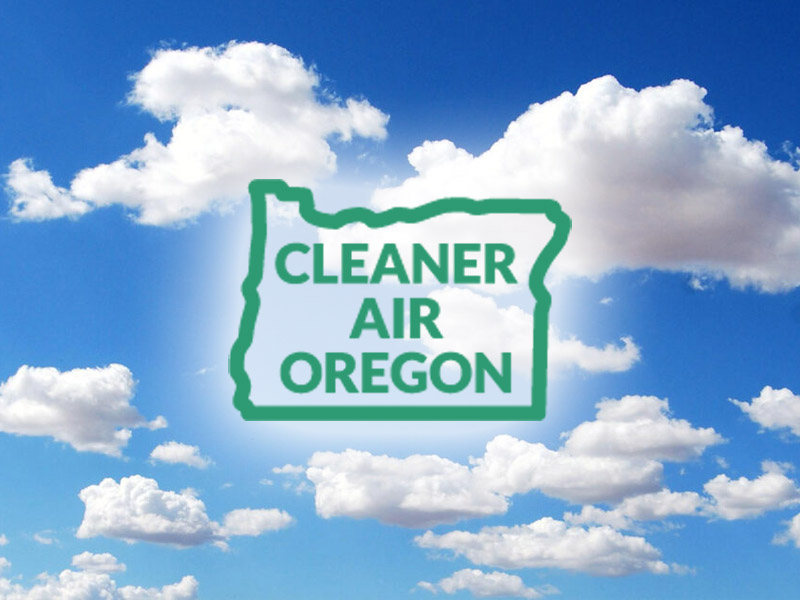What Is Cleaner Air Oregon?
Governor Kate Brown launched the Cleaner Air Oregon rulemaking process in 2016 after communities around the state raised concerns about their exposure to potentially harmful heavy metals, chemicals and other pollutants from factories and other industrial sources. Both Oregon and Lane County’s existing rules were based on federal law which allowed industrial facilities to release potentially harmful amounts of air toxics, but still operate within legal requirements. Cleaner Air Oregon was adopted in Lane County by LRAPA’s Board of Directors in 2019.
LRAPA is responsible for the implementation of Cleaner Air Oregon in Lane County. Outside of Lane County, the Oregon Department of Environmental Quality is responsible for implementation. LRAPA will implement Division 245-Cleaner Air Oregon by reference to DEQ’s rules without any changes.
In addition to closing gaps in existing air quality rules, Cleaner Air Oregon rules will provide the public greater access to air toxics emissions data and create more certainty for regulated facilities in addressing community health concerns.
How Does Cleaner Air Oregon Work?
Cleaner Air Oregon provides additional authority to LRAPA to regulate industrial facilities for releasing any of 600 different pollutants called “Air Toxics.”
Emissions inventory: when a facility is called into Cleaner Air Oregon the first step is to create an emissions inventory. An Emissions Inventory is a list, and quantity, of the regulated pollutants emitted by a facility.
Modeling Protocol: A computer model uses Lane County’s topography, climate, weather data, and more to calculate how, and in what quantity, pollutants move across Lane County and who is exposed to them.
Risk Assessment: Using exposure information established from the modeling protocol, a Risk Assessment is conducted that describes the Potential Health Risk from that exposure to those who live, work, and play nearby.
Risk Reduction Plan: Dependent on how high the Potential Health Risk is from the Risk Assessment, a Risk Reduction Plan may be developed to implement changes at a facility to lower the Potential Health Risk to a regulatorily acceptable level.
Community Engagement: Community engagement is a core tenant of Cleaner Air Oregon and can happen at any point of the process. The program may also, depending on the Potential Health risk, require sources to conduct and participate in community engagement efforts.
Who Will Enter Cleaner Air Oregon Next?
New sources beginning operation in Lane County will enter Cleaner Air Oregon immediately and must complete a risk assessment prior to the issuance of their air permit.
Existing sources will be called into the program over time. The order of call-in follows LRAPA’s prioritization list.
| Title | Description | Download |
|---|---|---|
| CAO Prioritization Results | DownloadPreview | |
| CAO Prioritization Details | DownloadPreview |
The list of approximately 70 sources includes all sources with Title V Operating Permits, Standard and Simple Air Contaminant Discharge Permits (ACDPs), along with two chrome plating sources assigned to General ACDPs. LRAPA’s prioritization procedure follows the same process DEQ uses and includes a method that considers numerical prioritization values, as well as certain qualitative factors.
Cleaner Air Oregon Facilities
Facilities currently conducting or have completed a CAO Health Risk Assessment Return to TopWho Is In Cleaner Air Oregon?
Facilities currently called in, or soon to be called into, Cleaner Air Oregon:
Who Has Completed Cleaner Air Oregon?
Cleaner Air Oregon is a slow and detailed process which can take multiple years for a facility to complete. Lane County facilities that have completed the program are:


